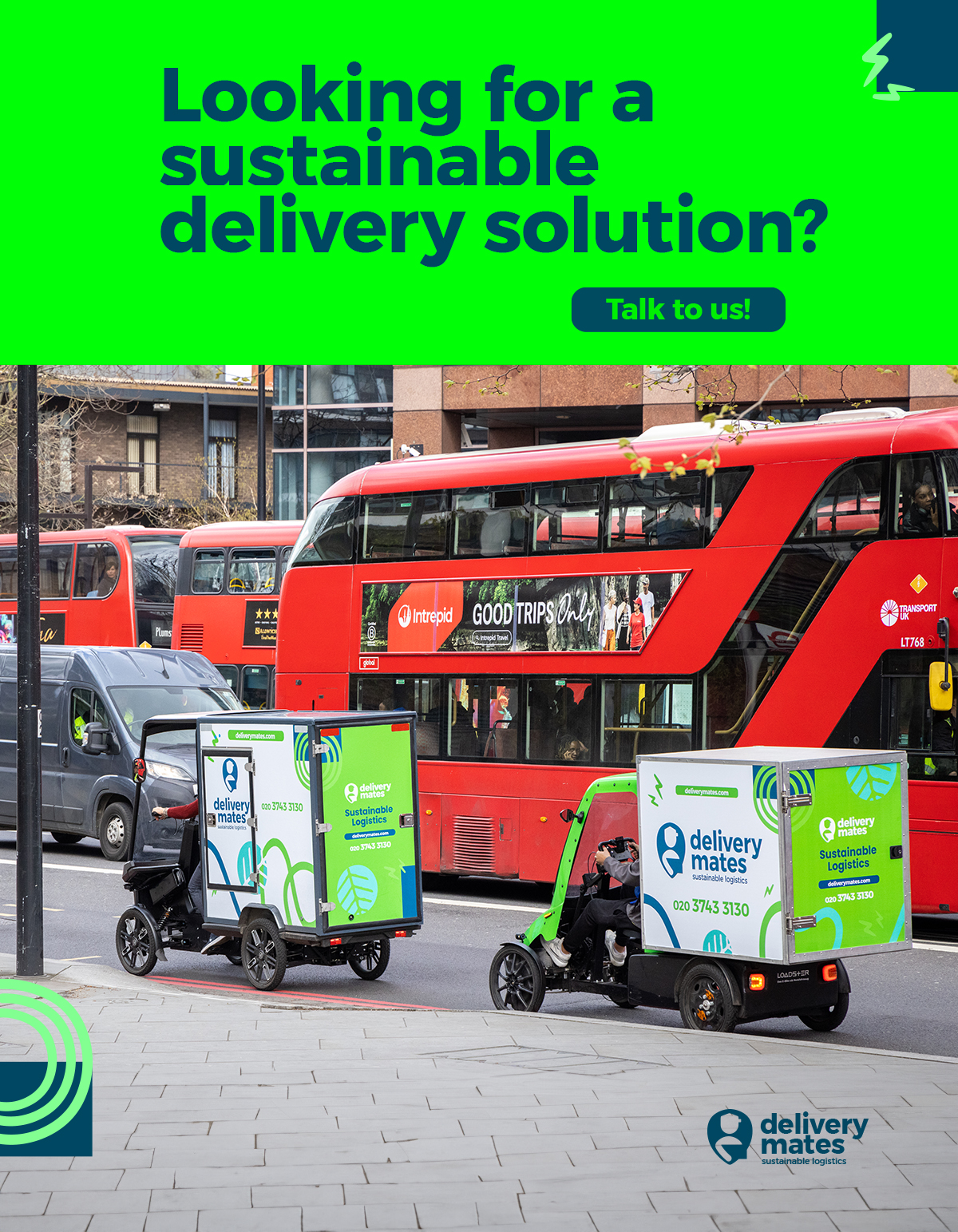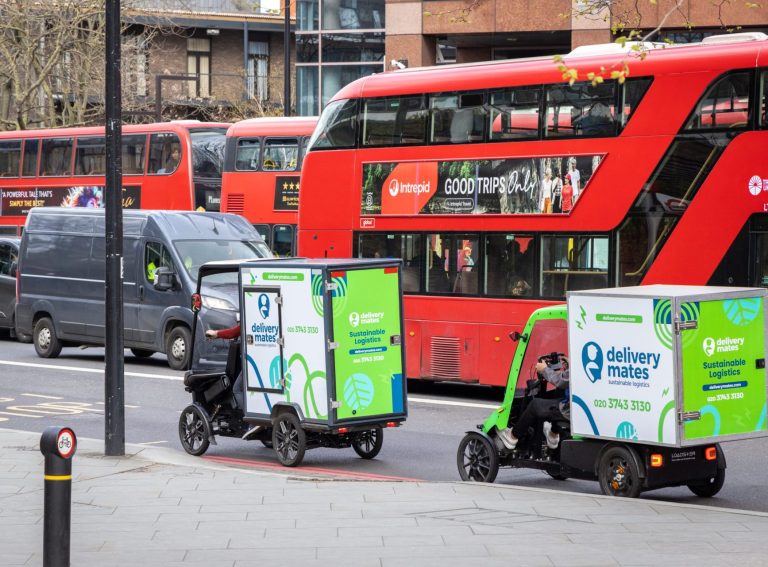New mobility technologies and services attracted $54 billion of funding globally in 2024, research from Oliver Wyman has found.
This marks a $10 billion increase from 2023. It makes 2024 the second-highest year ever for global mobility investment, ranking behind 2021 which hit a record $88 billion for new mobility.
These findings come from the seventh edition of Oliver Wyman’s ‘Mobility Investment Radar’ report which tracked four technology categories: mobility services such as ride-hailing and carpooling, sustainable mobility like electric vehicles and battery production, connected and self-driving solutions, and sales and after-sales.
Of the four categories analysed, sustainable mobility received the most funding and reeled in $19.6 billion in 2024.
“Overall, the validity of the various new mobility solutions remains high,” Dr. Andreas Nienhaus, Partner at Oliver Wyman and co-author of the report, told Zag Daily. “The need for sustainable, equitable, and efficient mobility continues to grow in light of larger cities, more densely populated areas, and more people who want to get around.
“Most mobility services and technologies have matured over recent years. Some even reached profitability. As a consequence, investors who have used the last two to three years to recalibrate their portfolio from the in-part highly overvalued transactions of the past are now increasingly looking for promising companies.”
Florent Roulet, Partner and Head of Mobility at European Investment bank Bryan Garnier & Co, believes that the visible increase in funding for mobility is because the industry has already hit “rock bottom”.
On why sustainable mobility technologies are becoming an attractive sell to investors, Andreas said: “To advance sustainable mobility solutions like EV or battery-technology, large investments are oftentimes required. Therefore, players in this segment tend to look for larger funding opportunities.
“Additionally, despite the slight decrease in momentum in EV-sales, the path forward towards electrified mobility is becoming more evident and clearer. The combination of both factors helps sustainable mobility players to become attractive to new investors.”
Florent believes the growth in sustainable mobility is driven by continued interest from investors to finance the deployment of EV charging networks across Europe, especially through infrastructure funds.
“Despite some governments limiting or reducing their incentives towards electrification, the number of electric vehicles for both personal and corporate uses is still growing which results in charging points being increasingly utilised or needed. I expect that trend to continue over the next 5 years at least.”
In 2024, six of the 10 highest funded enterprises were working on electric vehicles or charging capacity. However, though sustainability was the highest funded mobility category last year, it still received 21% less funding than it did in 2023.
Further findings from the report relate to the other three categories analysed in the study.
Recent advances in AI contributed to the connected and self-driving sector experiencing the largest growth amongst the categories. In 2024, the sector received $18.2 billion in funding – double what it received in 2023.
Looking ahead for the sector, a report from IDTechEx found that the global robotaxi vehicle market value will be worth $174 billion in 2045.
Other findings from the Radar report include an 89% growth in mobility services with funding going towards ride-hailing and vehicle sharing in emerging markets. Additionally, the sales and after-sales category grew 9% to $4.8 billion in 2024.




